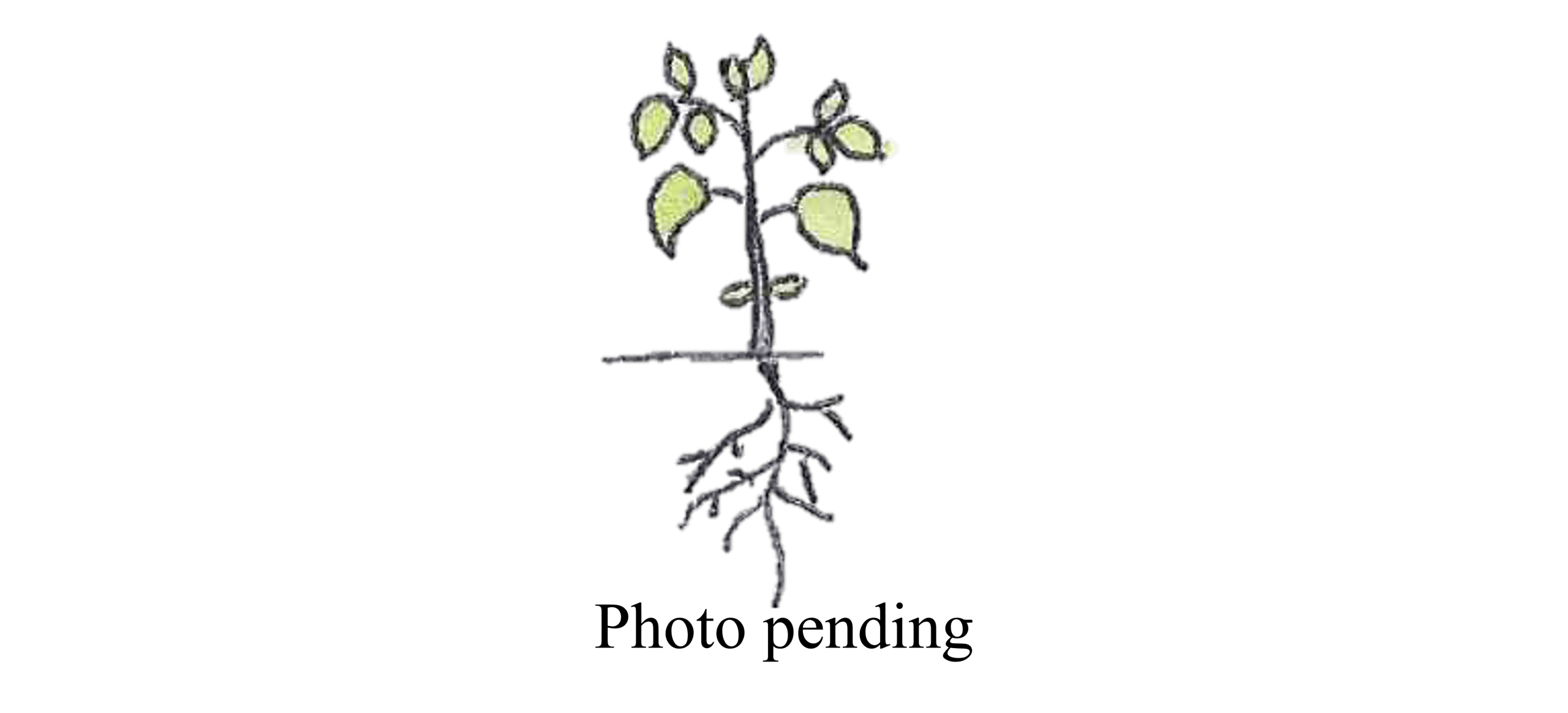Bat’s wing coral tree
Erythrina vespertilio, Fam. Fabaceae

A small to medium deciduous tree with brown corky ridged bark; stout prickles on the trunk ad branches, particularly on younger trees. The leaves resemble a flying bat; leading to the name.
| Weed Category: | |
| Weed: | No |
| Form or habit: | Small tree, Med tree |
| Family: | Fabaceae |
| Leaf: | Alternate, pinnate with three broad, lime green leaflets; three or sometimes two-lobed, resembling a flying bat. |
| Flower conspicuous: | Conspicuous |
| Flower colour: |
Red, Orange |
| Flower description: | Racemes of showy, large, orange red pea flowers in upper axils. October to December. |
| Fruit conspicuous: | Conspicuous |
| Fruit colour: |
Brown |
| Fruit: | |
| Fruit description: | Brown pods, up to 10cm long. Contain one to three hard, glossy red seeds. Pods constricted between seed. November to July. |
| Habitat: | Dry rainforest, woodland |
| Distribution | Queensland, New South Wales, Northern Territory, Western Australia. |
| Food source for: | Flowers and nectar attract many birds including the sulphur-crested cockatoo, musk, rainbow scaly-breasted and varied lorikeets, crimson and eastern rosellas, little and red wattlebirds, little, noisy and silver-crowned friarbirds, eastern spinebill, noisy and yellow-throated miners, black, blue-faced, bridled, brown, dusky, fuscous, grey-headed, grey-fronted, Lewin's, mangrove, New Holland, rufous-throated, scarlet, singing, spiny-cheeked, striped, tawny-breasted, yellow-faced, yellow-tinted, white-cheeked, white-gaped, white-naped, white-plumed and white-throated honeyeaters, spangled drongo and silvereye. Larval food plant for the moth Agathodes ostentalis. |
| Toxicity: | No toxicity known. |
| Origin: | Australia |
| Notes: | Timber pale brown, light and very soft. Aborigines used the timber for shields and the seeds for necklaces. Roots were eaten raw, a decoction of the leaves was apparently used as a sedative, and bark soaked in water was used to treat sore eyes and headaches. Can be grown from cuttings or treated seed. To facilitate germination scarify seed or place in water that has just been boiled, leave in the water to cool and plant immediately. Will grow in most soils, including sandy and shallow soils, providing the drainage is very good. Requires full sun, very drought resistant. |
| Information sources: | Melzer R. & Plumb J. (2007) Plants of Capricornia. |



